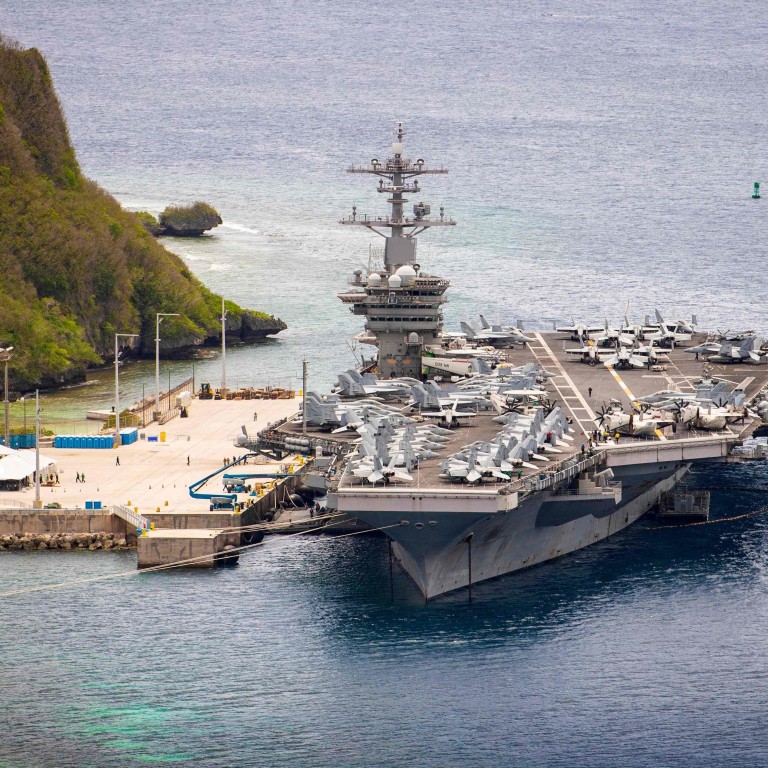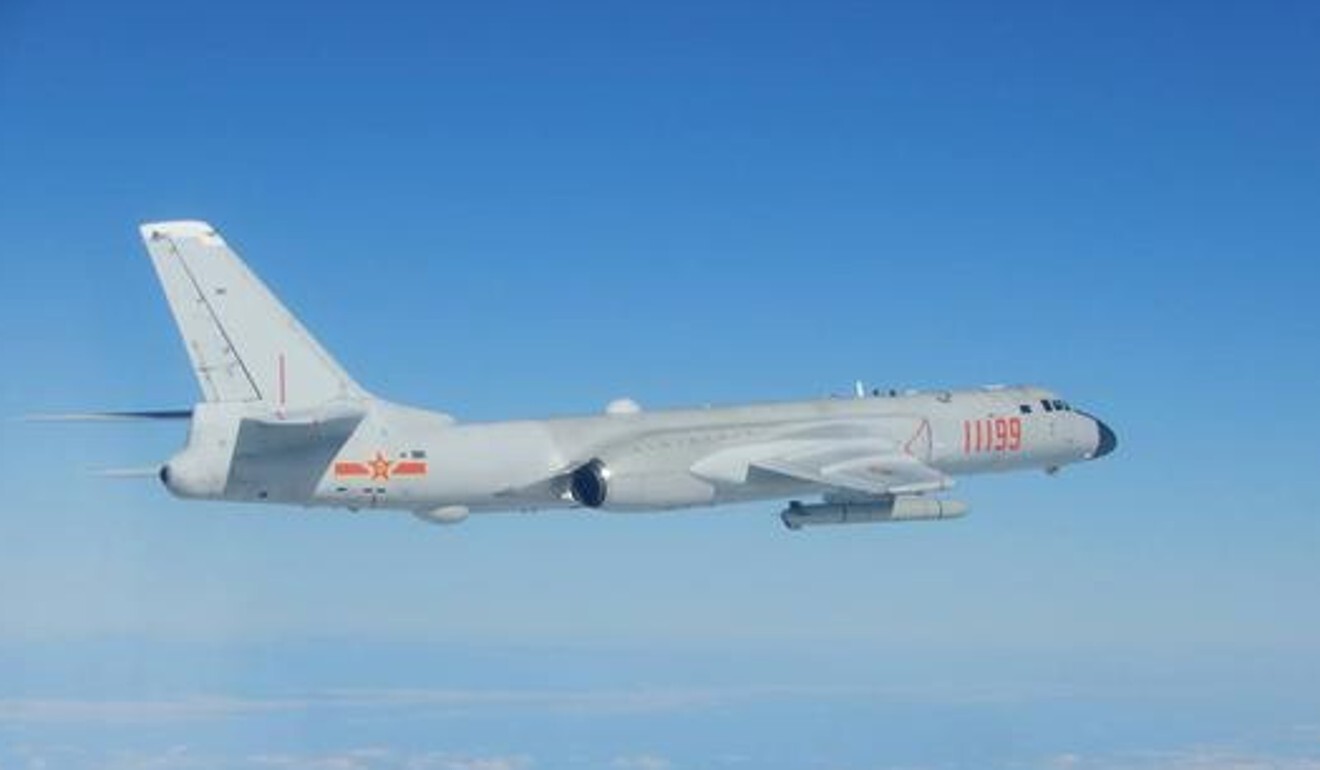
US-China rivalry: PLA flights over South China Sea ‘no threat’ to American ships, US military says
- ‘Theodore Roosevelt carrier strike group closely monitored all PLA Navy and air force activity, and at no time did they pose a threat to US Navy ships, aircraft or sailors,’ Pacific Command says
- Taiwan reported earlier that several Chinese air force aircraft flew into its air defence identification zone last weekend
“The Theodore Roosevelt carrier strike group closely monitored all PLA Navy and air force activity, and at no time did they pose a threat to US Navy ships, aircraft or sailors,” the US military’s Pacific Command said in a statement.
A US official, speaking on condition of anonymity, said the Chinese aircraft did not come within 250 nautical miles (460km) of the US vessels.
Regional security and diplomatic sources familiar with the situation said China’s air force was dispatched on missions beginning midmorning on January 23, coinciding with the US carrier group passing south of the Pratas.
China, which has long geared its military towards defending itself against the United States, was conducting exercises that would simulate an operation against an aircraft carrier, the sources said.
“They purposely conducted the drills when the US carrier was passing through the Bashi Channel,” one source said, referring to the waterway between southern Taiwan and the northern Philippines.
“That was not just meant for Taiwan. Most importantly, China is trying to tackle the issue of the South China Sea: it wants to stop the US military from entering the South China Sea. China wants to diminish the United States’ weight in the western Pacific.”
The sources spoke on condition of anonymity as they are not authorised to speak to the media.
China’s defence ministry did not immediately respond to a request for comment.

China regards Taiwan as part of its territory and claims almost all of the energy-rich waters of the South China Sea, where it has established military outposts on artificial islands. Brunei, Malaysia, the Philippines, Taiwan and Vietnam also have claims to parts of the sea.
Washington urges Beijing to stop pressuring Taiwan after reports of airspace incursion
The waters have become a flashpoint in the China-US relationship. Washington regularly accuses Beijing of militarising the South China Sea and trying to intimidate Asian neighbours who might want to exploit its extensive oil and gas reserves.
China, in turn, regularly bristles at US military activity in the region, saying on Monday that such actions were not conducive to peace and stability.
The US Navy regularly conducts freedom of navigation operations by ships close to some of the islands China occupies, asserting freedom of access to international waterways.
The US Pacific Command renewed its pledge to continue operations in the region.
“The United States will continue to fly, sail and operate wherever international law allows, showing resolve through our operational presence throughout the region,” Pacific Command said.

